As one of the least populated regions of Japan, Fukushima Prefecture’s appeal for tourists comes from its natural beauty, thanks to the large amount of fertile volcanic landscapes. For the hiker and outdoor lover, Fukushima is a great destination. However, because public transportation to most of the remote attractions is limited or unavailable, it is necessary to rent a car or take taxis to many destinations.
Despite the nuclear reactor disaster in 2011 bringing the prefecture into the public consciousness, the majority of Fukushima is still safe for travel. See here for a guide issued by the Japanese authorities to the areas deemed unsafe.
Getting to Fukushima from Tokyo
Fukushima can be reached on the Tohoku Shinkansen (¥8500), as well as on the JR Tohoku and Yamagata Lines. The travel time by Shinkansen is around 2 hours.
The JR Abukuma bus (¥4800) leaves from Shinjuku Station five times a day. There is also a night bus, the Dream Fukushima (¥4800), which departs from Tokyo and Yokohama Stations.
Mount Bandai
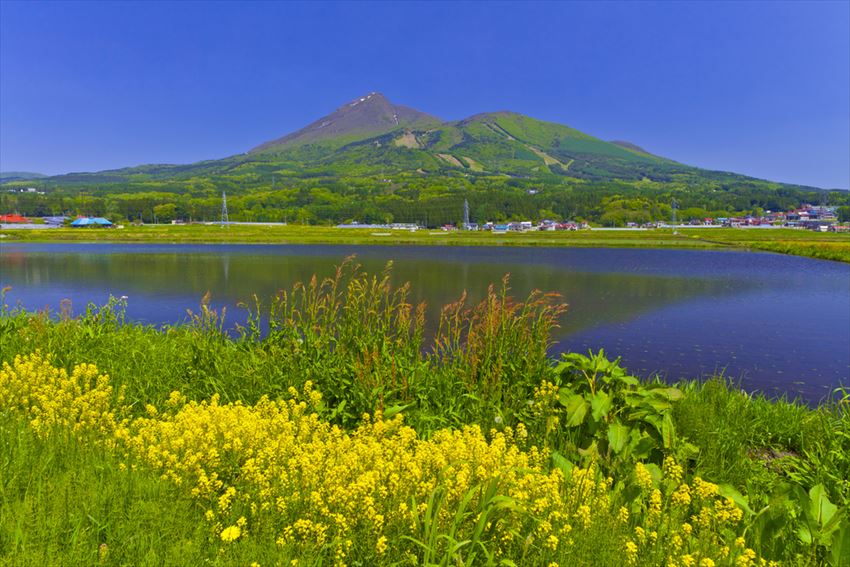
Mount Bandai is a dormant volcano listed as one of the 100 Famous Mountains of Japan. Due to a massive volcanic eruption in 1880, the entire landscape on the southwestern side of the mountain was altered and is now known as Urabandai. It is a popular location for hiking in summer and skiing in winter. In autumn, the area is great for viewing the leaves changing to brightly colored oranges and yellows.
Getting Here
Mount Bandai and the Urabandai area are most conveniently approached from Inawashiro Station. However, as there is no public transportation to the mountain, it is recommended to either rent a car or take a taxi, which will cost about ¥10,000 from Inawashiro.
To get to Inawashiro Station from Tokyo, take the JR Tohoku Shinkansen to Koriyama, and transfer to the JR Banetsu-sai Line to Inawashiro.
The best option for those staying in Fukushima City is to proceed by rental car.
Mount Azuma
Mount Azuma is a picturesque volcano with a neatly-shaped conical crater. There are many hiking trails around the peaks of the nearby mountain range as well as to Kamanuma Pond. The main season for hiking is from spring to autumn.
Getting Here
The main crater is located nearby a parking lot, making the mountain as well as pond most conveniently reached by rental car.
On weekends and national holidays from May through September, and everyday from October to early November, two buses a day leave from Fukushima Station to Jododaira, the visitor center located near the mountain.
Miharu Takizakura
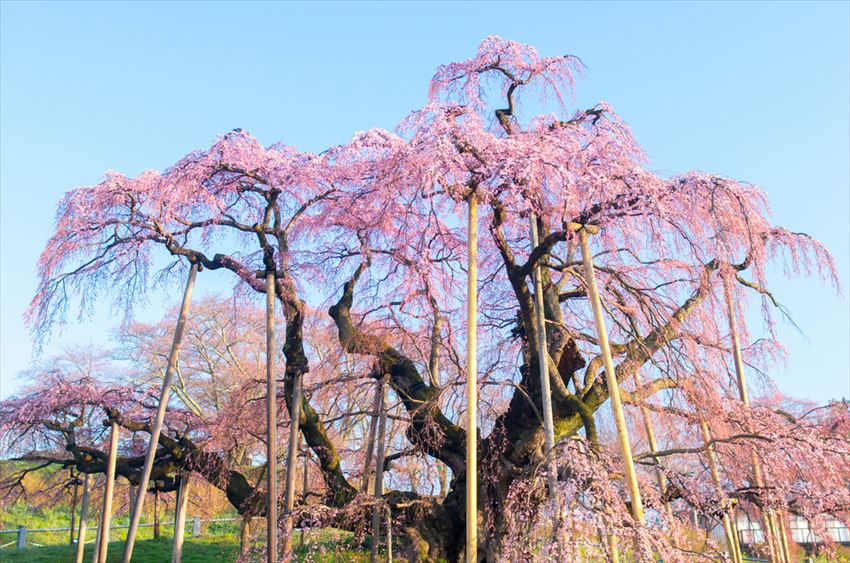
Miharu Takizakura is considered one of the most majestic cherry blossom trees in the country. Located in the town of Miharu, the thousand-year-old, 12-meter-tall tree is visited by hundreds of thousands each season when it blooms. The peak season is mid to late April.
Getting Here
During the peak blooming season, a bus service runs from Miharu Station to the tree for ¥1000. The rest of the year, the tree is difficult to access by public transportation, therefore a taxi or rental car is recommended.
To get to Miharu Station from Tokyo, take the JR Tohoku Shinkansen (¥8000) to Koriyama Station. From there, take the JR Banetsu-to Line (¥240) to Miharu.
Abukumado Cave
Abukumado Cave is a three kilometer long limestone cave located near Iwaki. Some of the most unique sights in not only the country, but the world are visible here, including a two meter high stalagmite nicknamed the Christmas Tree. Visitors can traverse a 600 meter long stretch of the caverns, which takes about an hour.
Getting Here
From either Koriyama or Iwaki, take the JR Banetsu East Line to Kanmata Station, then take a 20 minute taxi ride (¥2000) to the cave.
Ouchijuku
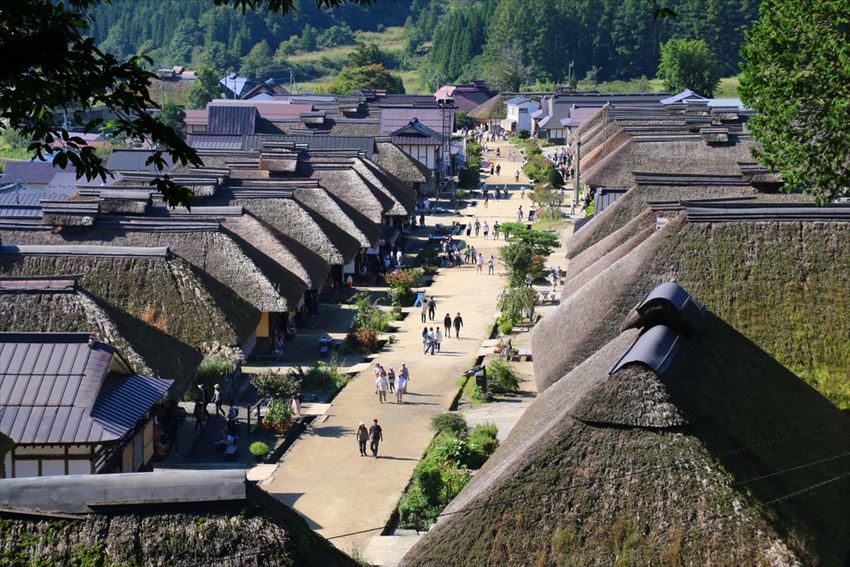
Historically located along a major trading route, Ouchijuku is an old trading post village now restored to its Edo Period appearance. Thatched roof buildings and buried telephone wires along the unpaved main street complete the restoration. Visitors can experience a town whose atmosphere approaches the traditional image of Japan.
Attractions within the village include Former Honjin, an official residence in the past, as well as a mountainside shrine, from which the entire town is visible.
Getting Here
Take the Aizu Line from Tokyo Station to Yunokami Onsen Station. From there, Ouchijuku is a ten minute bus or taxi ride away.
Where to Stay
From Fukushima City, each of the above destinations is doable in a day trip.
● Sansuiso - 55 Aburahata, Tsuchiyu-onsenmachi, Fukushima 960-2157
● Adachiya - 21 Takayu Machiniwasaka, Fukushima 960-2261

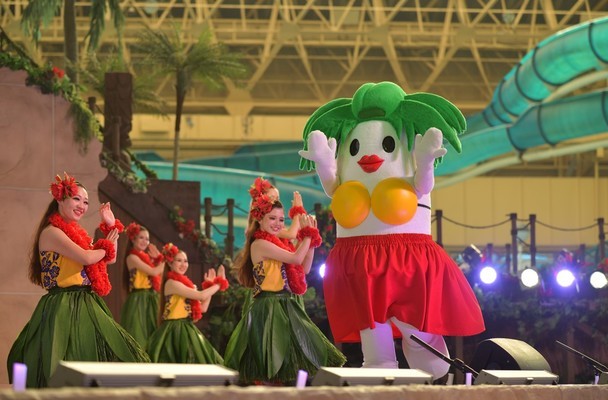
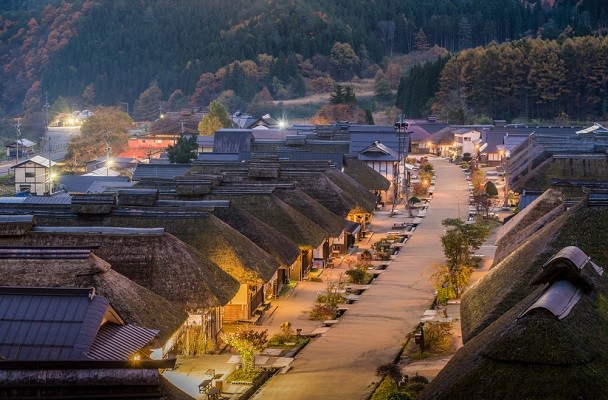
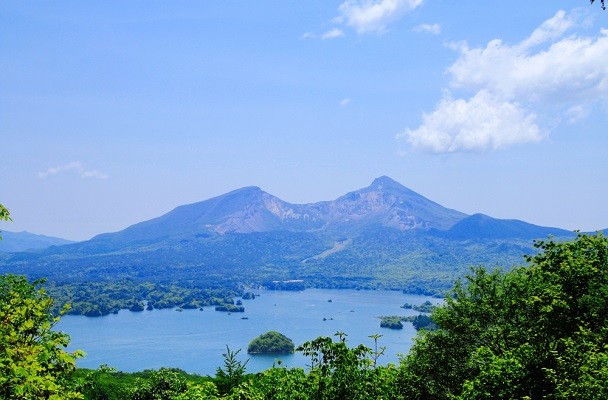
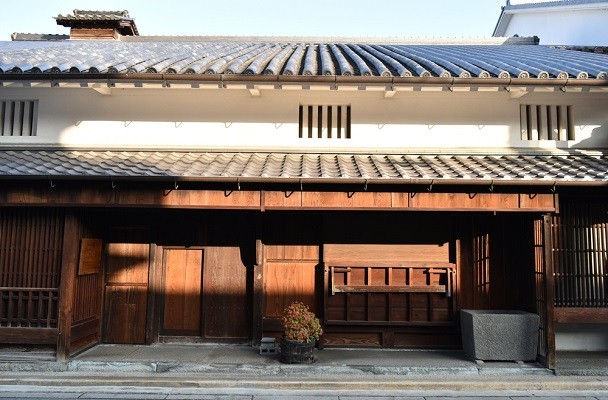
Comments